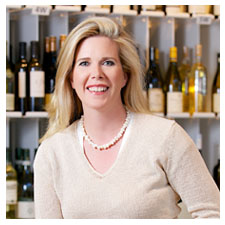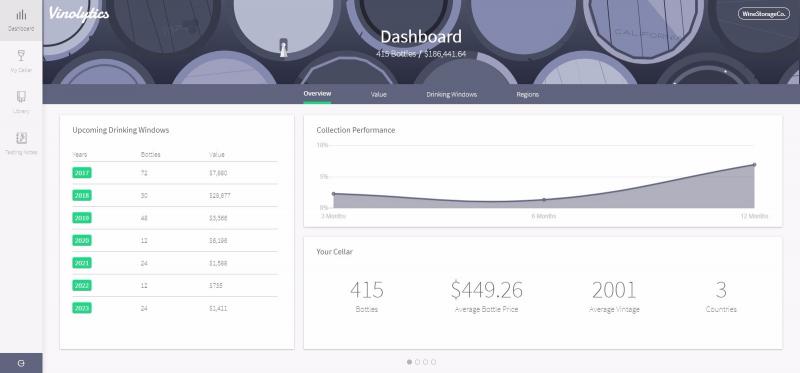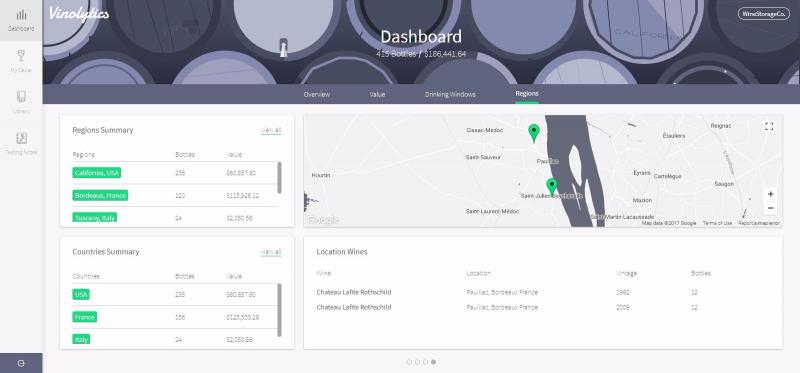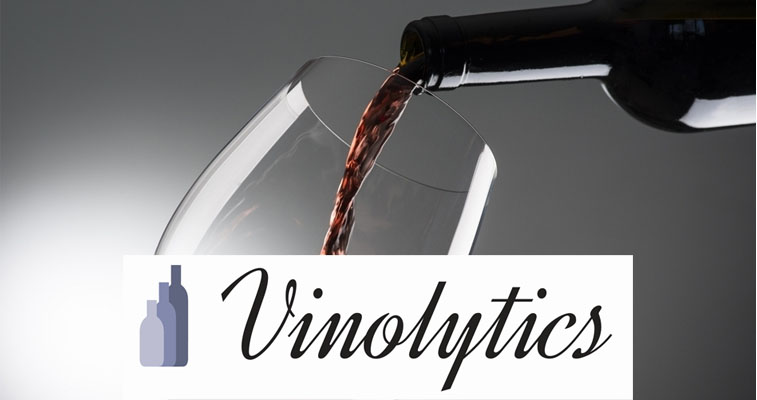When looking at the United States’ wine culture as a whole, it is region-specific. Overseas in London, it’s a much different environment, as first-time tech startup founder Jennifer Williams-Bulkeley experienced.

“When I was living in London, I started to become enamored by wine culture,” said Williams-Bulkeley. “Wine and spirits are huge in England. I ended up taking a couple classes to learn more about the wine industry, that ended with me getting one of the industry’s top accreditation in the wine industry.”
In London, consumers have incredible direct access to wines and are able to buy an almost unlimited array of wines. There was no shortage of tastings for her to attend.
Williams-Bulkeley and her husband moved back to the United States and noticed something different. It was a drastic change from what she was experiencing overseas.
“There are a lot more challenges with alcohol in general, with many regulations going back as far as the Prohibition era,” she said describing the differences.
Williams-Bulkeley wanted to help wine collectors and professionals by creating a facilitating system to actively manage wine collections and drive engagement with customers. The platform applies analytics to wine inventory and identifies opportunities to drink, sell, or buy wine before its drinking window closes.
Vinolytics initially started out in 2016 as a wine asset management platform before evolving into an analytics platform. The software allows wine collectors and professionals to keep track of different kinds of data relating to the wine, such as drinking windows, price, producer, and location. Moreover, the service includes data regarding how much a bottle of wine costs in the current market, as well as how much it has performed over a period of time.
One feature Williams-Bulkelly would like to add is the ability for users to connect with one another through a communication feature. With this potential idea in place, Vinolytics can also work as a liaison between the seller and buyer.

“We currently have a database currently containing over 50,000 different kinds of wine that were bottled over the past 25 years,” she said. “As for buyers working in the current regulatory environment, we believe if you want that particular bottle of wine, that you should be able to get that wine.”
The market for this type of technology is not limited, as CellarTracker has been around for over twenty years, but there has been little-to-no competition in the space.
However, in Williams-Bulkeley’s experience, many of them are made for a specific audience. One of the goals she wants to accomplish with Vinolytics is to not only give wine buyers and sellers technology for the 21st century but also make it one anyone can use. Williams-Bulkeley does not have an extensive tech background and put herself in the shoes of wine collectors and professionals who may not have one either.

“I wanted to make a product that was not only up-to-date but also user-friendly,” she says. “If you have an idea of what something is supposed to look like, it can be difficult to find an engineer to match that vision.” Williams-Bulkeley worked with a team at UMass Amherst that had a strong engineering core and the ability to implement a user-friendly design.
Currently, the company is targeting partnerships with various wine professionals across the country, while simultaneously targeting wine markets such as Austin, Boston, Nashville, and Denver, to name a few.
Despite wine being their main focus of the business, Williams-Bulkeley insists Vinolytics is not “Just another wine app.”
“We want to be seen as a SaaS company, and why not?” Williams-Bulkeley said. “There is a lot of opportunity in the industry and as a SaaS company, we have a good go-to-market strategy.”
Colin Barry is a contributor to VentureFizz. Follow him on Twitter @ColinKrash.
Images courtesy of Vinolytics

